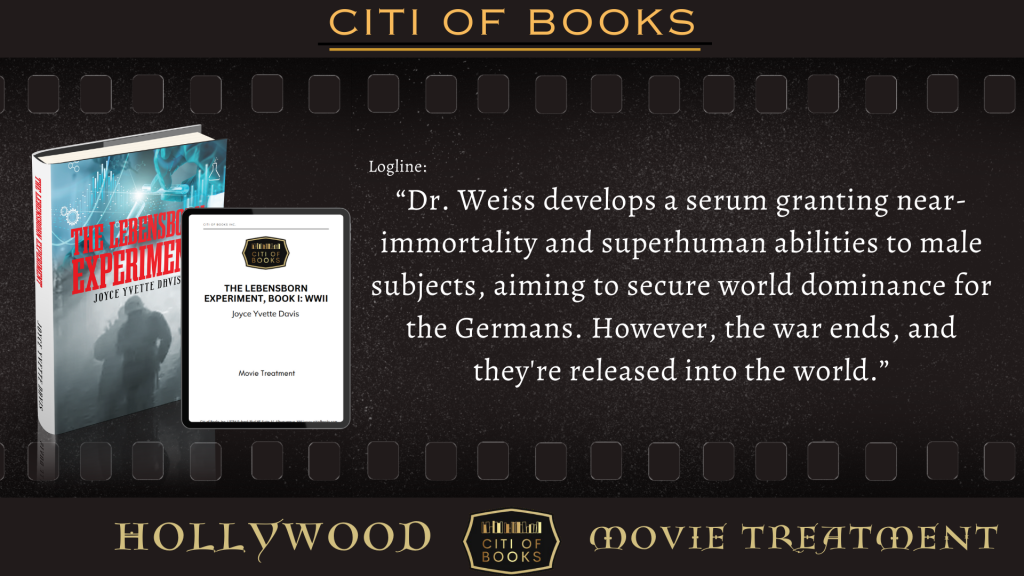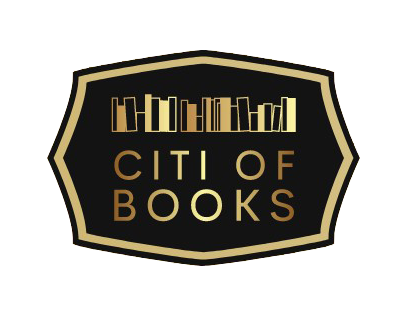
A movie treatment presents the idea of the film before writing the entire script. It highlights the most important information about the film that came from the book; it includes the title, logline, story summary (that may be presented as three-act movie plot summaries), and character description. Treatments also give authors the chance to condense their story concept so they can pitch it to studio heads or producers who might want to fund the movie.
“The Lebensborn Experiment, Book I: WWII” by Joyce Yvette Davis received the Book to Hollywood Movie Treatment after the successful movie script coverage that was previously written for the book. Considering the suggestions from the first level of writing a screenplay, the movie treatment shows the flow of the story that’ll be good on screen as it shows the thrill and suspense of how the characters deal with the conflict.
Joyce Yvette Davis was born in Detroit, Michigan on March 27, 1959. She is the youngest girl of seven children. When she was thirteen her family moved to Southern California. She discovered she had a knack for writing in her 8th grade creative writing class. From that point on, she pursued writing as a career.
She received her bachelor’s degree in communications arts from Cal Poly University in Pomona, Ca. For the past 20 years she has been a Quality Control Editor for a large information publishing company while occasionally writing freelance articles. When her employer sold the company, she took the retirement package and decided it was time to finish writing the book she had started years ago. Joyce has one son, Brandon Jossef Davis, and a grandson, Brandon Jr.
In “The Lebensborn Experiment,” children whose appearance didn’t meet the Nordic ideal, or whose ethnic origin was questionable, were taken to concentration camps. Only a few returned to their homes and the others were either brainwashed, sold, or mistreated. Others were used in experiments to create a master race of Aryan Superhuman – Chimera. The welfare organization is known as the Lebensborn Register Society (Fountain of Life).
This historical, speculative scientific fiction and thriller employs a subtle horror element to delve into historical, speculative, and science fiction themes. The narrative seamlessly blends the excitement of a thriller, the cultural depth of historical tales, the creativity and intellect of science fiction, and the intrigue of the macabre.
The narrative centers on themes of history, science, and humanity. Dr. Weiss’s scientific idea, as depicted in the film, clashes with human nature, generating a conflict that propels the story forward through its captivating plot. “The Lebensborn Experiment, Book I: WWII” by Joyce Yvette Davis offers a broader perspective on a historical conflict such as World War II and its impact on the citizens of the affected nations ties into the story’s exploration of humanity.

